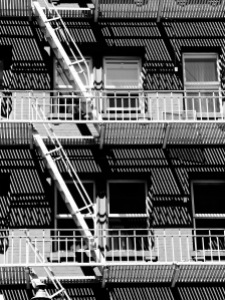We’ve touched a little bit on kit already, and I’ve mentioned quite a few times the Panasonic Lumix TZ60 that I have with me most of the time, so I thought I’d talk a bit about why I like this camera.
And just to clarify, I am not being paid anything for this review.
The choice between a good compact or a DSLR has always been a bit of a dilemma for me, I like the obvious advantages of quality, sensor size, speed of lenses etc. for the DSLR but there are two issues that always come up – firstly the size/ weight of a DSLR and second which lens(es) shall I take.

(The strap for the Lumix was sold by Cordweaver on eBay – fab company, I have a couple of these now)
Carrying a DSLR + lenses with me in my briefcase is out of the question but I nearly always have the TZ60 close at hand.
Of course, on a prearranged shoot of people or landscape or street or architecture etc. it’s easy to pick the right lens or lenses and have a dedicated bag to carry them in. But for every day shooting or on a night out or even a holiday with family where you don’t have lots of time to spend setting up kit, changing lenses, erecting tripods etc. taking a smaller compact camera is a viable alternative.
I bought the TZ60 soon after it came out in April 2014 for four main reasons;
- It has a massive 24-720mm equivalent zoom to cover every eventuality,
- It has full manual control as well as Aperture Priority and Shutter Priority,
- It has a viewfinder (electronic), and
- It shoots in Raw.
Although it is small, I find it very easy to use and most of the buttons and menus are easy to find and set up. Since the start of the summer I have been shooting fully manual with this camera (as opposed to aperture priority which was my normal setting) and find it quick and easy to get good exposures.

(The Lumix also has a built-in level gauge)
I’ve managed to get fairly good shots hand held even at long zoom, and low light performance isn’t too bad despite the smaller sensor. But what I’m most impressed with are the creative modes. While some are a bit gimmicky – like starburst – others give really good results especially the Dynamic Mono mode which gives some lovely black and white shots.
Even more impressive is the ability to adjust the settings in these creative modes; so you can dial in exposure compensation (you can’t shoot full manual at the same time), adjust the depth of field you’re looking for (effectively telling the camera whether to take the largest or smallest aperture available) and adjust the strength of the effect – so in Dynamic Mono you can set a lower contrast or higher contrast depending on the look you’re going for.
If this wasn’t cool enough, the camera also records the scene unmodified as a Raw image so when taking a dynamic mono image you will also get the regular colour version that you can look at too.
The camera also shoots video to a high quality and will shoot at 100fps or even 200fps which give some lovely slow motion videos when played back. AND you can shoot video in the creative modes too, so you could shoot a Wild Western film in sepia if you wanted!
On the down side; the lens isn’t as fast as some other compacts (although these don’t have the zoom range of the TZ60) and there’s no hot shoe for off-camera flash making shooting at night little more than snapshots. But you can’t have everything.
Now replaced by the TZ70 (but not a big enough change to make me want to upgrade) I’d definitely recommend this camera for everyday use and much more besides.



